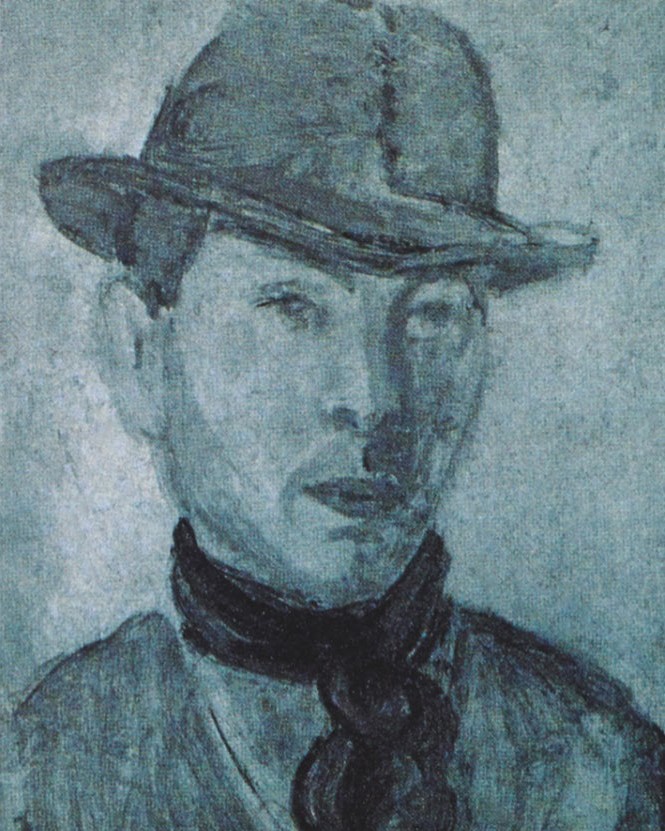Arbit BLATAS
January 2, 2019Andre BLONDEL
January 2, 2019Maurice BLOND (born Maurice Blumenkrant)
LODZ (POLAND) 1899 – CLAMART (FRANCE) 1974
Originally from Russia, Maurice Blond’s father was a merchant and an art lover. Maurice’s debuts were promising. In 1911, following a school examination, one of his watercolors attracted notice and was subsequently exhibited at the Kiev Museum. For a brief period in 1922, he gave up his creative ambitions and joined the natural sciences department of Warsaw University, after which he reconsidered his decision and took classes at the Warsaw School of Fine Arts for a few months. He supported himself by teaching mathematics until 1923. That year, he left for Berlin where he met Isaac Mintchine and Kostia Terechkovitch, who came from Kiev and Moscow, respectively.
Blond arrived in Paris in 1924. He settled at the artist’s colony La Cité Falguiere, where he formed friendships with a group of Russian artists including Mikhail Larionov, Natalia Goncharova, Jean Pougny, Pinchus Krémegne, and Kostia Terechkovitch, with whom he shared a room in Montparnasse. In 1930, he became the organizer and artistic adviser of the Russian magazine Tchisla, through which he organized exhibitions. He volunteered for the French army in 1939, but was soon discharged from active service and sent to the Avignon area, where he found refuge, working for two years for a local peasant.
After the war, Blond settled in Grenoble and dedicated his time exclusively to painting. He exhibited his work in Paris from 1923 with success and signed his paintings with the name Blond, which he had adopted during the Occupation.
Stories of Jewish Artists of the School of Paris 1905-1939
FRENCH-ENGLISH
Capitale des arts, le Paris des années 1905-1939 attire les artistes du monde entier. De cette période de foisonnement, un terme est resté, celui d'Ecole de Paris, qui recouvre une grande diversité d'expression artistique. Dans ce brassage dont Montparnasse est le creuset, un groupe se distingue : celui des artistes juifs venus de Russie, de Pologne et d'Europe centrale. Si leurs styles sont variés, un destin commun les rassemble : ils fuient l'antisémitisme de leur pays d'origine. Certains ont connu la célébrité dès les années 1920, tels Soutine, Lipchitz ou Chagall. D'autres n'ont pas eu le temps ou la chance d'y accéder. Près de la moitié a péri dans les camps de concentration nazis.
From 1905 to 1939, Paris attracted artists from all over the globe as the capital of the art world. This period of artistic proliferation became known as the School of Paris, and includes a great diversity of artistic expression. Within the teeming art world centred on Montparnasse, one group set itself apart: Jewish artists from Russia, Poland, and Central Europe. Although their styles were diverse, they shared the common fate of fleeing anti-Semitic persecutions in their home countries. Some became famous in the 1920s, such as Soutine, Lipchitz, and Chagall, while others did not have the time or the luck to gain renown. Nearly half of these artists died in Nazi concentration camps.





